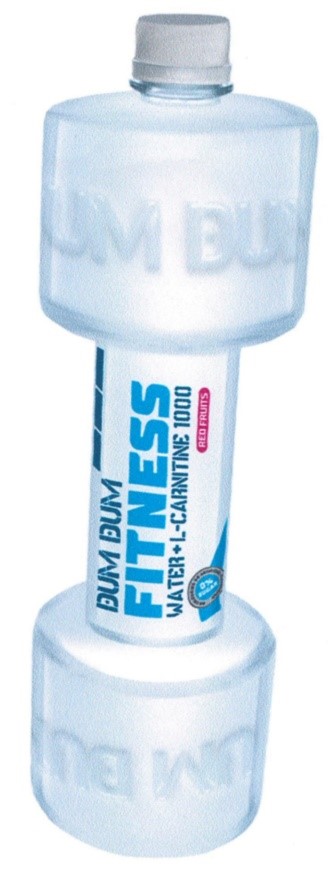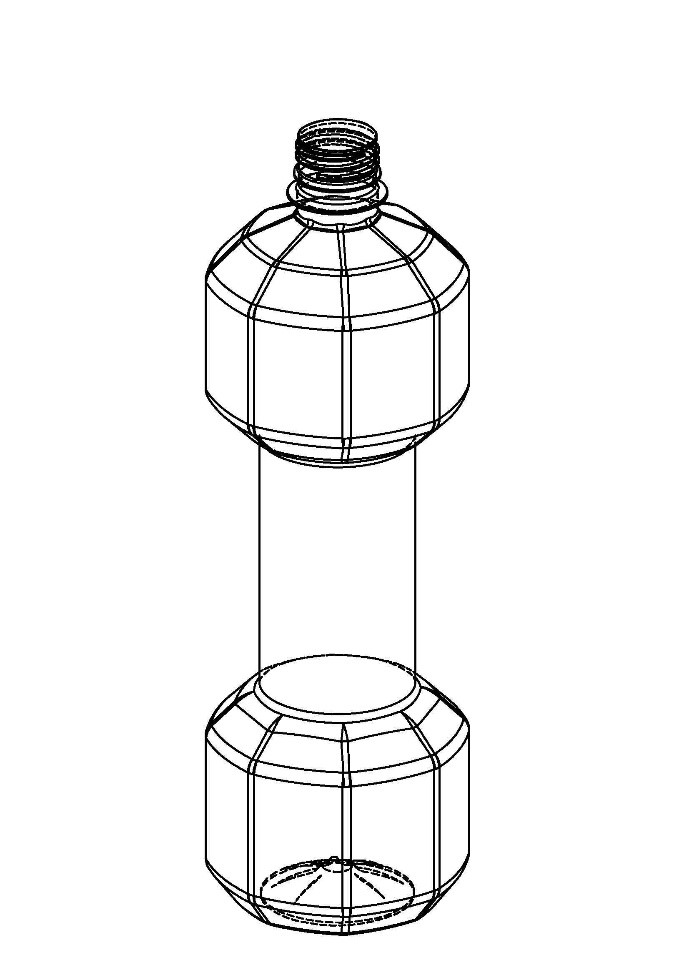The European Union’s General Court has recently provided another example of how to assess whether a registered Community design produces a different overall impression on the informed user in the decision of Bibita Group v EUIPO (Case T‑326/20).
This case involved the attempted invalidation of registered Community design 003797091-0001, which is directed to a beverage bottle. The declaration of invalidity was sought by Bibita Group based on its own international registration that was filed before, but published after, the priority date of the contested design.


Earlier design Contested design
For the contested design to be considered valid compared to the earlier design, it has to produce a different overall impression on the informed user. This ‘overall impression’ test is the approach used for assessing whether a design is sufficiently different from an existing design to fulfil the individual character requirement. The ‘overall impression’ test is also used to determine the extent of protection provided by a registered Community design. It is commonly equated to the designs providing the informed user with a sense of déjà vu.
In the earlier proceedings at the European Union Intellectual Property Office (EUIPO), the Board of Appeal had decided that the contested design produced a different overall impression on the informed user compared to the earlier design and was therefore valid.
The General Court, on considering the appeal from that decision, agreed with the EUIPO’s conclusion that the contested design is valid. In doing this, the court followed the established approach for assessing the overall impression produced by a design on the informed user.
It was confirmed that the informed user in the present case could be both the professional in the packaging sector and the informed ordinary consumer of beverages supplied in bottles. It was noted that the design of such bottles had certain constraints, such as requiring a flat bottom and a tight fitting top, but other than that there was considerable design freedom. This suggests that minor differences would not be enough to result in a different overall impression.
Nevertheless, the judgment confirmed that there were significant differences in the contested design relative to the earlier design. These differences included (i) the linear patterns running down the bottle, (ii) the octagonal shape of the top and bottom sections, and (iii) the different indentations in the top and bottom parts of each of its bulky sections, which slightly protruded vertically. The similarity of the slim middle section was considered to be of minor aesthetic importance due to its functional use in assisting a firm grip of the bottle. The designs therefore produced a different overall impression on the informed user.
Of all the differentiating features, the court appeared particularly persuaded by the presence of the linear pattern running down the bottle, and it was stated as being an eye-catching characteristic of the contested design. In an attempt to downplay the significance of this feature, Bibita argued that these lines were simply depicting a shape change that was barely visible on a translucent or transparent beverage bottle. However, the court dismissed this argument noting that the lines are clearly visible in the views of the contested design and they are considered to be clearly visible irrespective of the translucent or transparent material that could be used to make the bottles represented by the design.
The importance the court ascribed to the clarity with which the linear pattern running down the bottle was depicted in the contested design highlights the care required when depicting designs for a registered Community design application. In the present case, the “eye-catching” linear pattern helped differentiate the contested design relative to an existing design. However, this also means that the linear pattern will narrow the scope of protection. This could result in an unintended amount of weight being given to a feature that may not be critical to the design. Applicants should therefore carefully consider whether they are happy to be limited to each feature that they have included in the design depiction.


